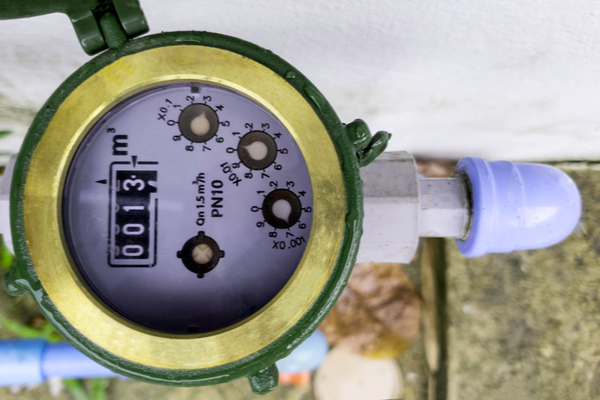The month of March—when temps are beginning to rise but before those Spring rains—is the ideal time to get down and dirty with those maintenance projects, says J.B. Sassano, president of Mr. Handyman, a commercial and residential repair, maintenance, and improvement franchise. March “home maintenance projects can extend the longevity and improve the quality of your home, inside and out,” he says
So where do you start dusting off winter’s residue? Well, Winter freezes can wreak havoc on your pipes and plumbing. So now that things are (hopefully) defrosting and drying out, it’s a good time to check for leaks. One good indicator that something’s up with your pipes is if your water bill has suddenly increased, but even if it hasn’t, check the water meter for these “unseen leaks.” Even a small one can add up to thousands of gallons of wasted water, which not only hurts your wallet but also wastes precious, clean water.
Checking water meter for leaks:
- Turn off all water sources in and around the house, including toilets, sinks, icemakers, sprinklers, and water using appliances—such as washing machines and dishwashers.
- Remove the cover on your water meter.
- Most water meters have a flow indicator, which is a small triangle shaped gauge that rotates when even a very small amount of water flows through the pipe. Watch the flow indicator for a minute or so to see if it moves. If it does, you have a leak.
- If your meter doesn’t have a flow indicator, you can write down the numbers on the meter, and come back an hour later and see if they’ve changed.
Finding a plumbing leak
If your water meter indicates you have a leak, the next job is finding it. The most common culprits of unseen water leaks are toilets, followed by outdoor spigots and irrigation systems. Another possibility after a cold winter is plumbing pipes on exterior walls that may have frozen and cracked.
Start by monitoring toilets to see if the water level in the tank goes down when the water is turned off. If it does, you probably need to replace the flapper valve . Next, branch out to other plumbing fixtures until you find the source. If the leak is in an underground pipe, you’ll likely need professional assistance to find and repair it.
If you prefer to DIY, you can find a multitude of helpful videos on YouTube, or call a professional plumber and save yourself the hassle.
—
Photo Credit: Nuttsue / Shutterstock.com
